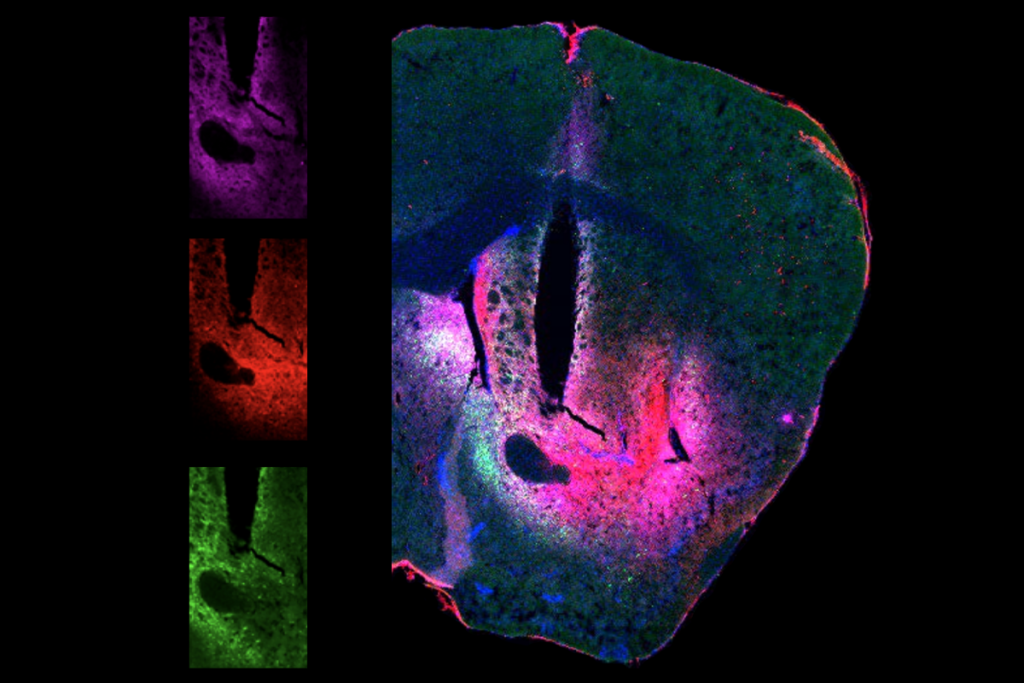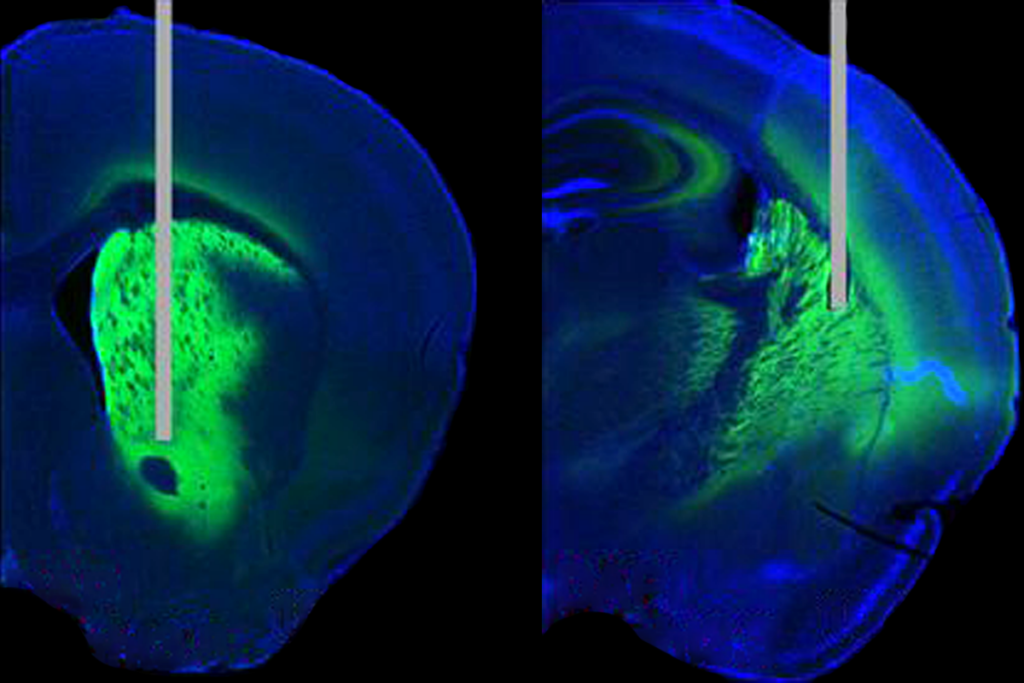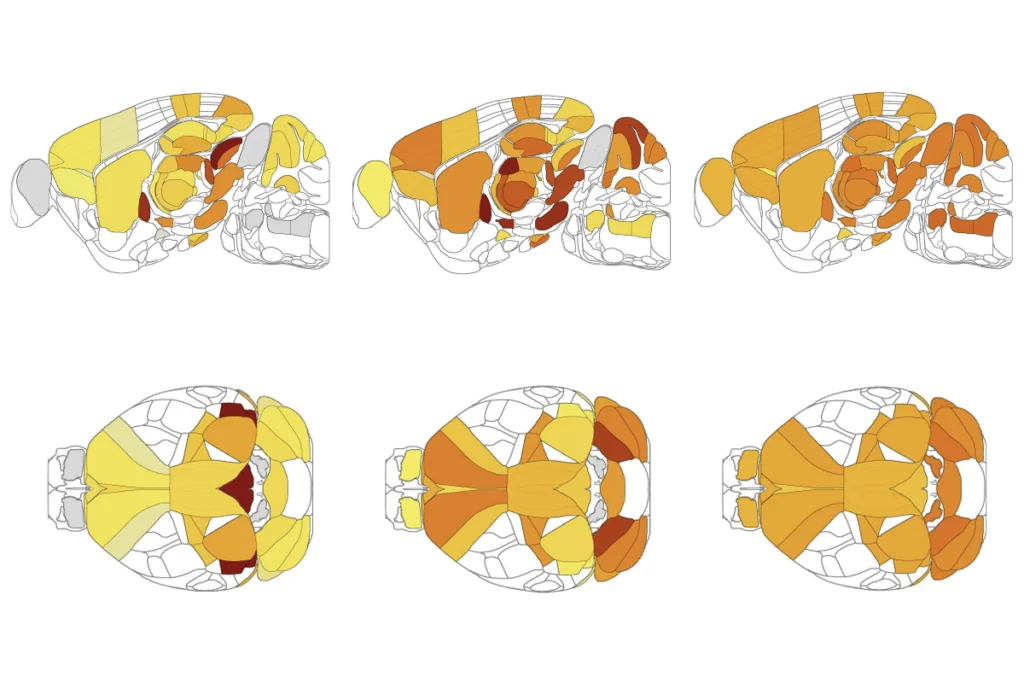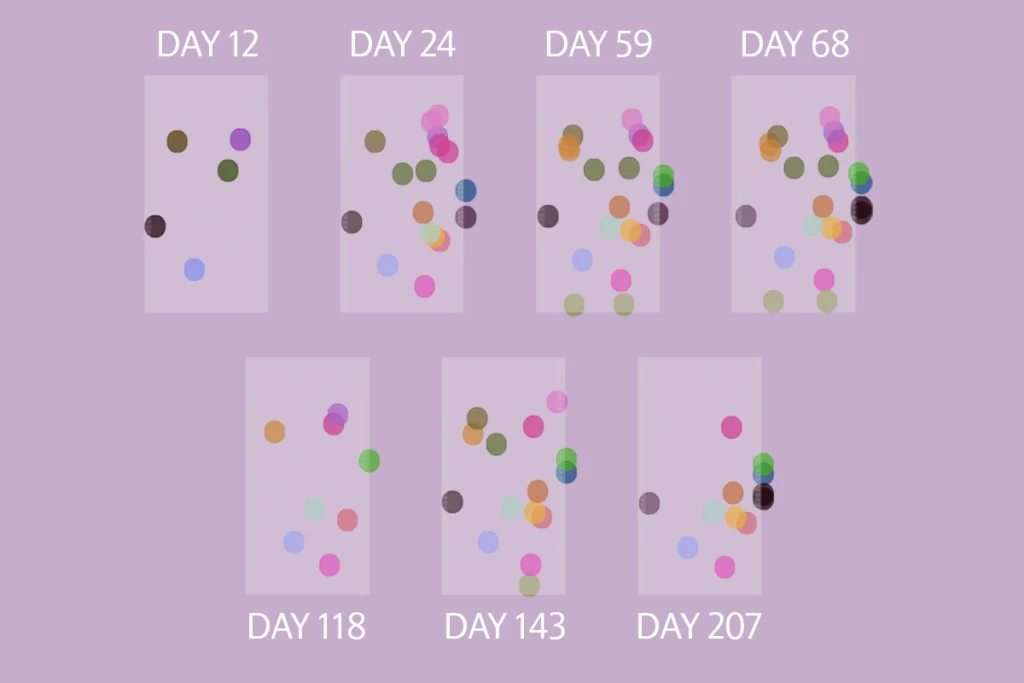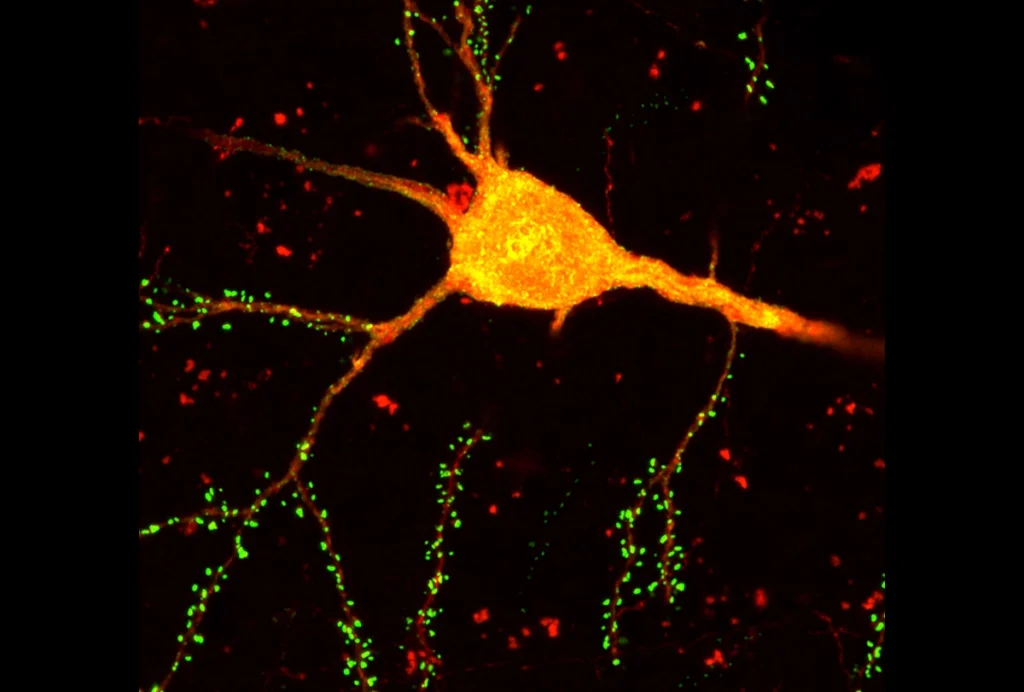How does the brain generate a motor response based on a visual stimulus? That’s something that Gwyneth Card, associate professor of neuroscience at Columbia University, wants to understand — so she and her team designed a “fly IMAX theater,” described in this video. The setup enables them to study how individual flies move in response to simulated predators and to track which neurons control that movement. The resulting connectomes provide new clues about the factors that shape an animal’s behavior.

